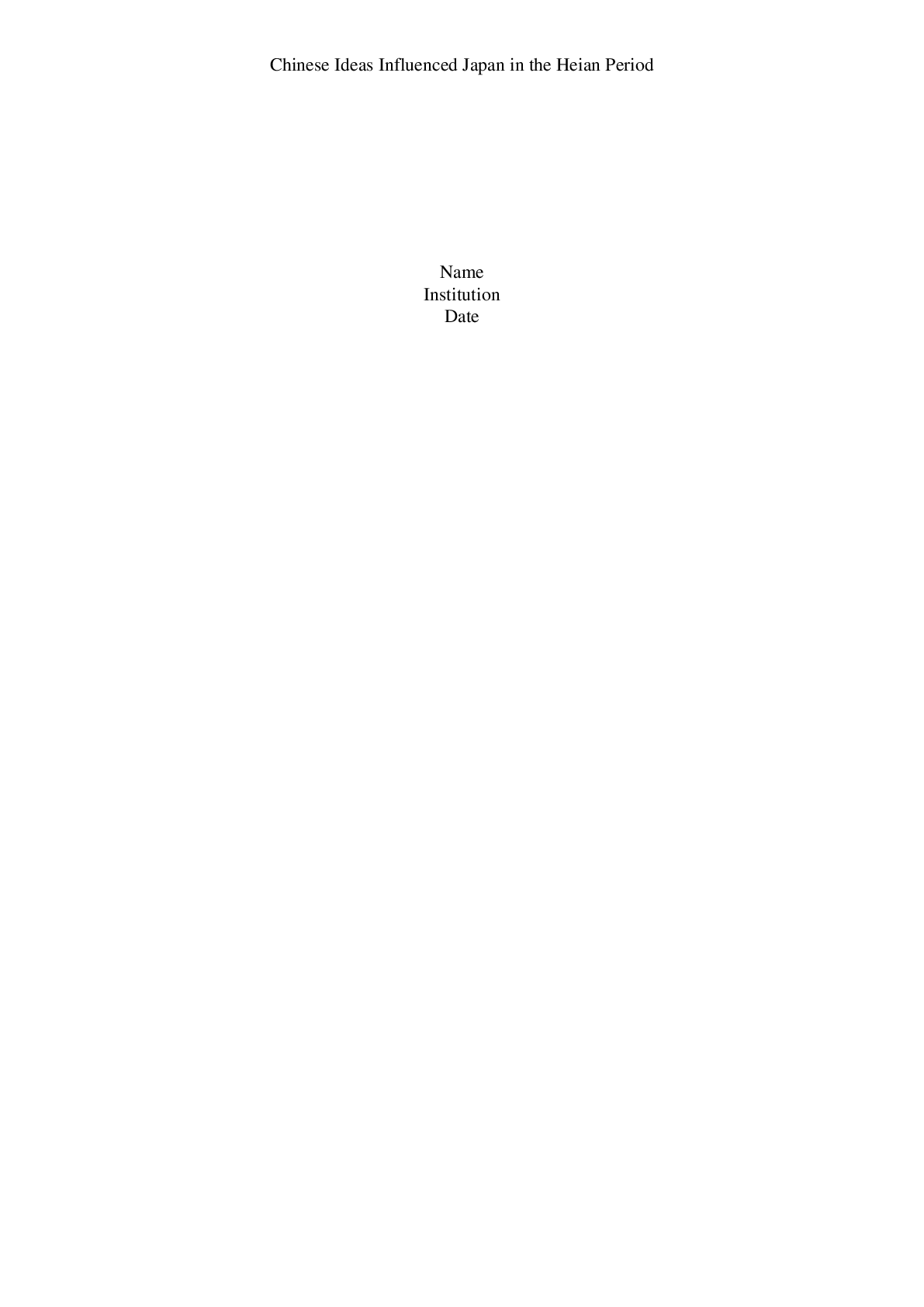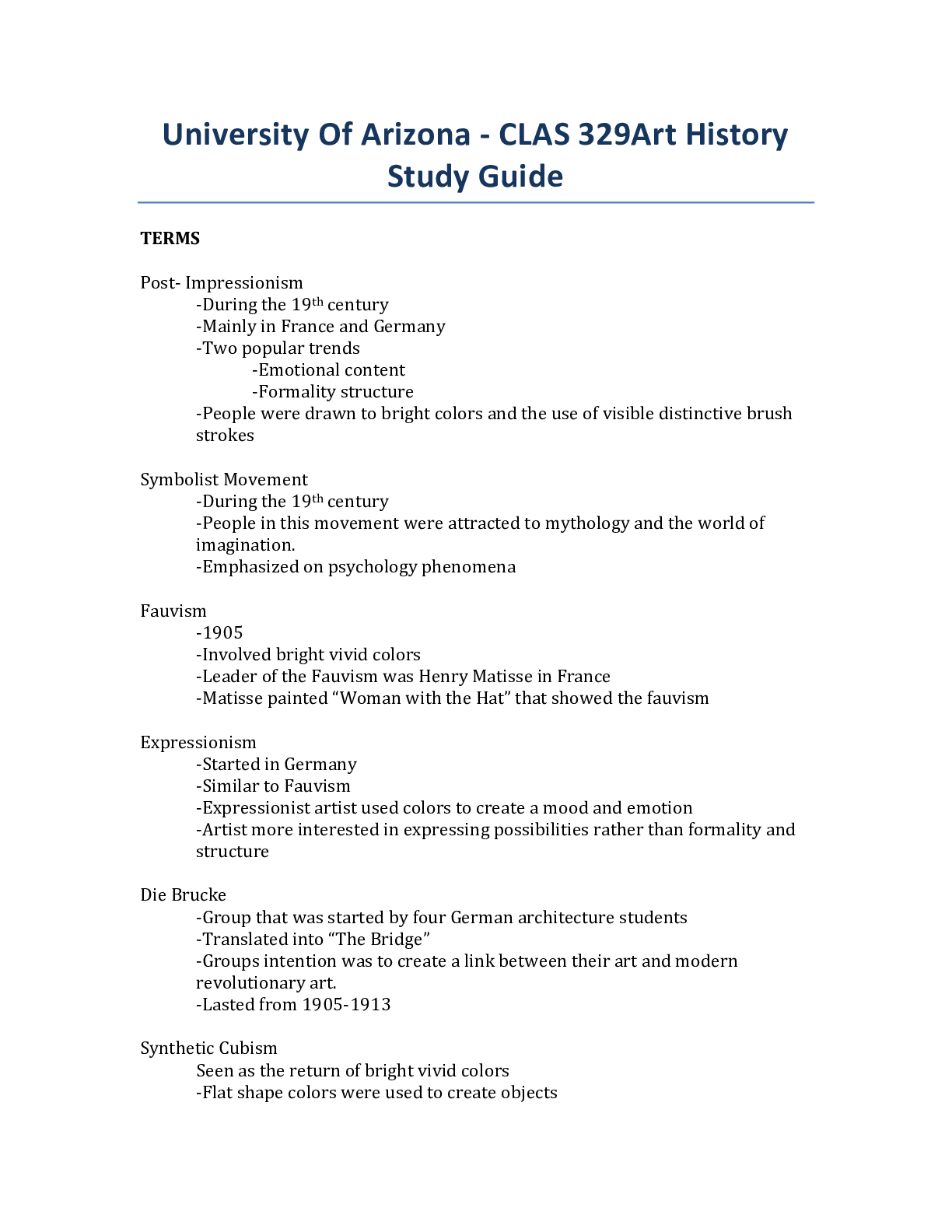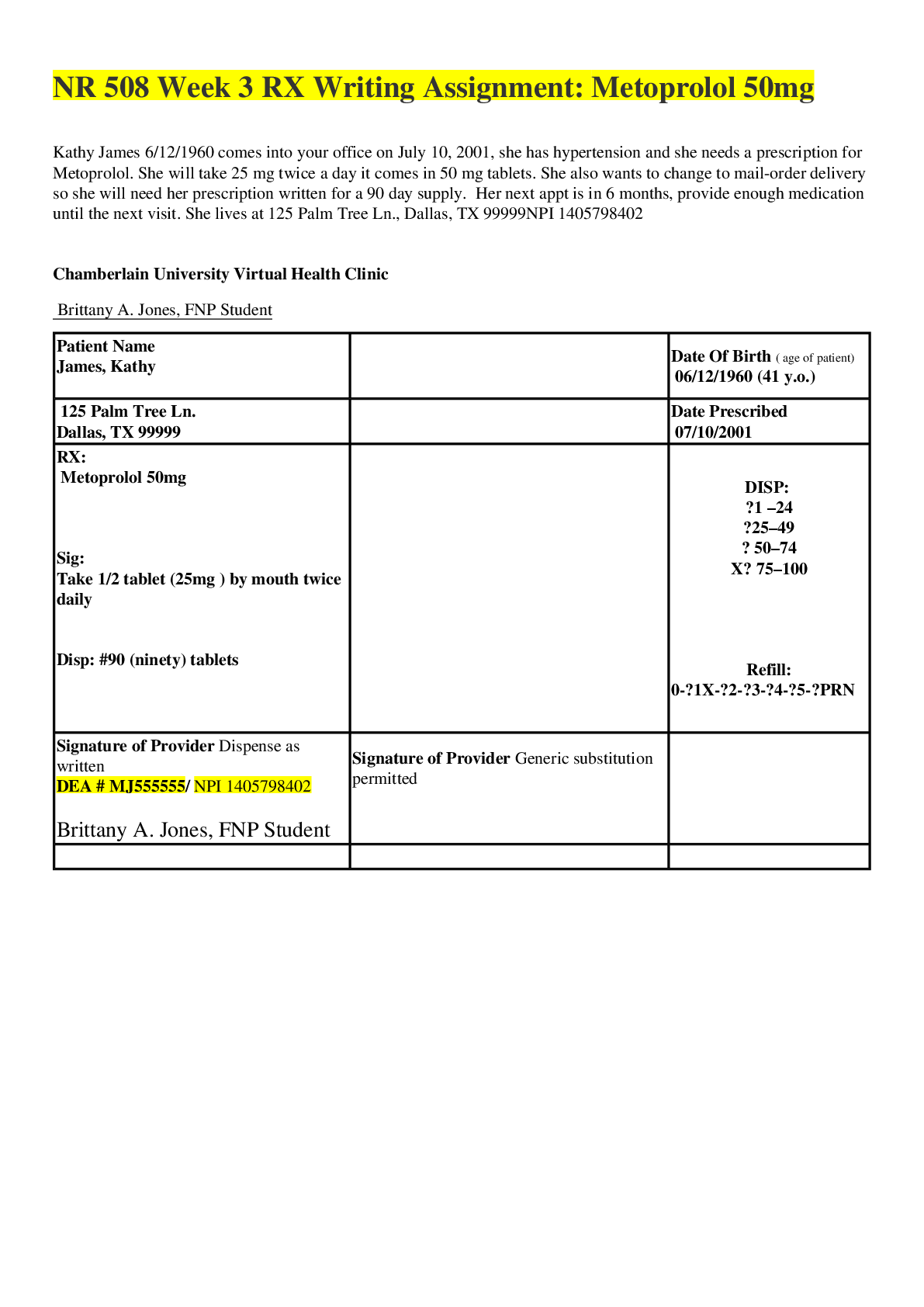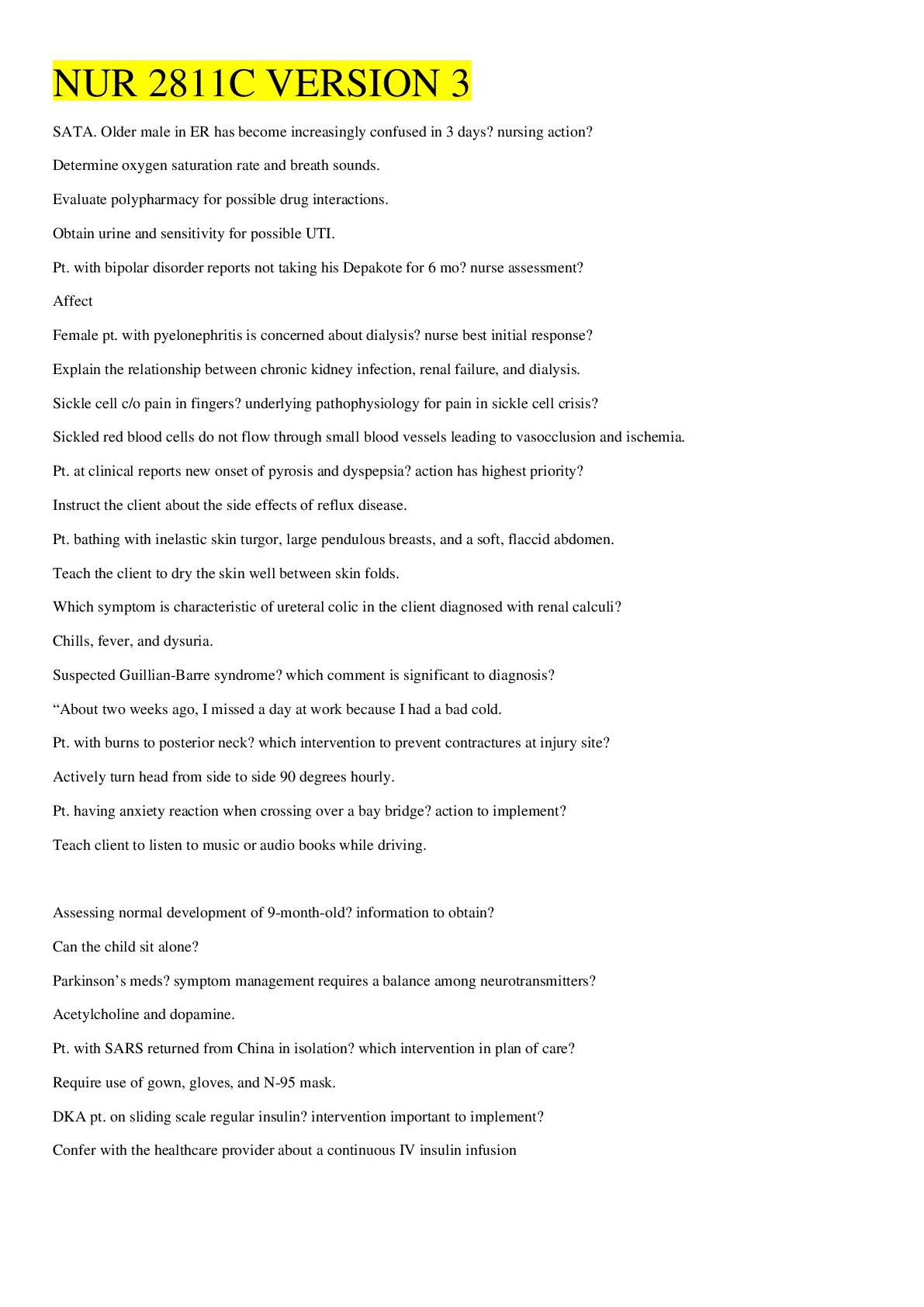Business Management > Summary > summary-organizational-behavior-stephen-p-robbins-timothy-a-judge-timothy-c-campbell (All)
summary-organizational-behavior-stephen-p-robbins-timothy-a-judge-timothy-c-campbell
Document Content and Description Below
Managers make decisions, allocate resources, and direct the activities of others to attain goals within organizations. An organization is a consciously coordinated social unit, composed of two or more... people, that functions on a relatively continuous basis to achieve a common goal or set of goals. Based on the work of French industrialist Henri Fayol, managers can be said to perform four functions: planning, organizing, leading, and controlling. Henry Mintzberg studied management roles, which he grouped under the headings of interpersonal roles, informational roles, and decisional roles. Interpersonal roles included symbolic, figurehead, and leadership roles; informational roles included disseminator, monitor, and spokesperson roles; and decisional roles were comprised of entrepreneur, disturbance handler, resource allocator, and negotiator roles. Robert Katz identified the three essential management skills as technical, human, and conceptual. Lastly, Fred Luthans and his colleagues found that managers engaged in four major activities. First, managers participated in traditional management activities such as decision making, planning, and controlling. Managers were also engaged in communication activities such as exchanging routine information and processing paperwork. Luthans found that managers also performed human resource management functions such as motivating, disciplining, managing conflict, staffing, and training. Finally, managers engaged in networking activities, through socializing, politicking, and interacting with outsiders. Organizational behaviour is the field of study that investigates the impact that individuals, groups, and structure have on behaviour within organizations for the purpose of applying such knowledge toward improving an organization's effectiveness. It is a study of individuals, groups and structure in a systematic way to make organizations work more effectively. Core topics include motivation, leader behaviour, power, interpersonal communication, group structure and processes, learning, attitude development, perception, change processes, conflict, work design, and work stress. The text will use systematic study in an attempt to explain and predict behaviour in organizations. Systematic study attempts to attribute cause and effects, basing conclusions on scientific evidence by gathering data under controlled conditions and measuring and interpreting it in a rigorous manner. The systematic study of organizational behaviour concepts replaces popularly held, but erroneous preconceived notions with data based on science-based study. The field of organizational behaviour is an integration of psychology, sociology, anthropology, and social psychology There are many challenges and opportunities that create a significant demand for understanding organizational behaviour. Organizations are no longer constrained by national borders and managers find themselves having to travel to different countries, work with people from different cultures, and cope with anti-capitalism backlash. An area of growing importance is the movement of jobs to countries with low-cost labour. Organizations also contend with within country diversity caused by shifting demographics and immigration. In addition to country diversity, diversity also includes race, gender, sexual orientation, ethnicity, religion, 1 cultural values, lifestyle preferences, and virtually any dimension on which employees differ. When diversity is not managed properly, there is a potential for higher turnover, misunderstandings, and interpersonal conflicts. Perhaps the most significant change in the European labour force in the last 50 years has been the sharp increase in the number of female workers. In addition, the first half of the twentieth century will be notable for changes in the racial and ethnic composition of the workforce as well as an aging generation of Baby Boomers. Other trends include an increased emphasis on quality management or the attainment of customer satisfaction through the continuous improvement of all organizational processes. A customer responsive culture can be created through helping employees to improve their people skills. It is also essential to help employees to quickly respond to organizational change. Today's managers and employees must learn to cope with "temporariness" and manage the stresses inherent to working in networked organizations. Flexibility must also be shown to employees, who can better do their jobs if their work and family responsibilities are balanced. A growth area in OB research has been positive organizational scholarship, which concerns how organizations develop human strengths, foster vitality and resilience, and unlock potential. ..........................................................................CONTINUED............................................................................. [Show More]
Last updated: 2 years ago
Preview 1 out of 41 pages
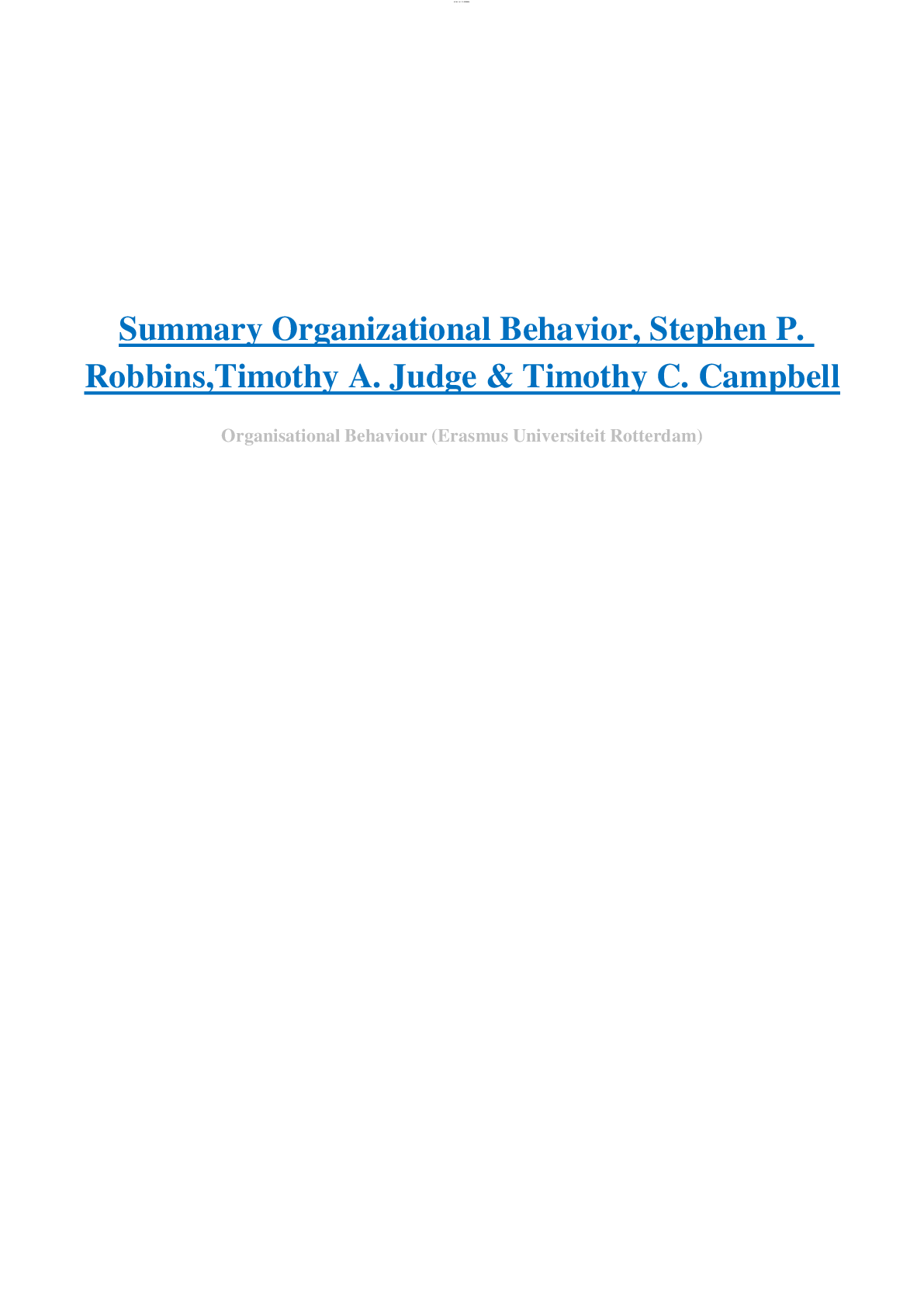
Buy this document to get the full access instantly
Instant Download Access after purchase
Buy NowInstant download
We Accept:

Reviews( 0 )
$15.00
Can't find what you want? Try our AI powered Search
Document information
Connected school, study & course
About the document
Uploaded On
Mar 07, 2022
Number of pages
41
Written in
Additional information
This document has been written for:
Uploaded
Mar 07, 2022
Downloads
0
Views
89







